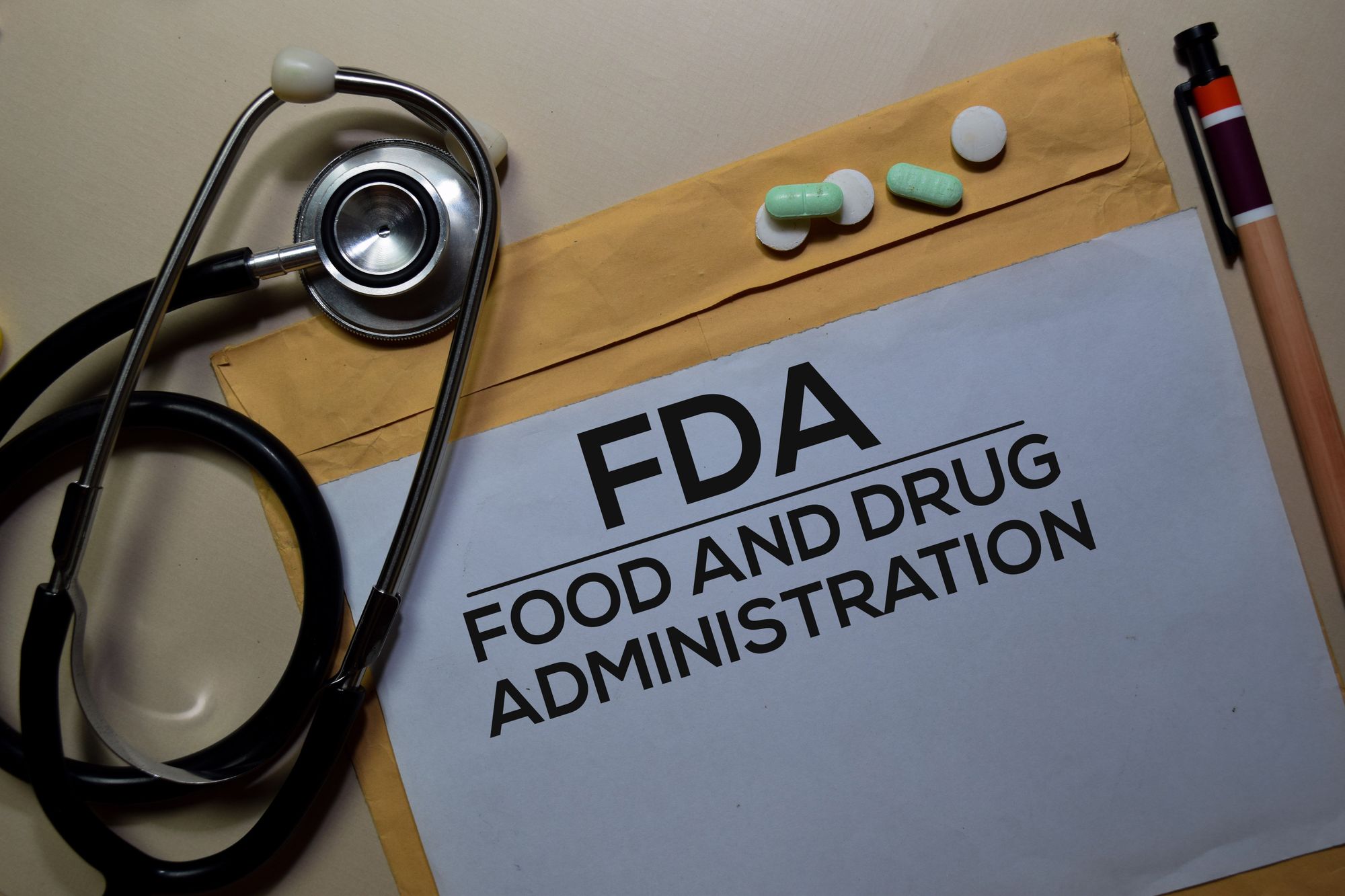In-Container Sterilization – Food Safety Through Critical Factors as per FDA Guidelines

Introduction
In the realm of food safety and product quality, the process of in-container sterilization plays a pivotal role. The Department of Health and Human Services in the United States oversees the regulation of various consumable products through agencies like the Food and Drug Administration (FDA) and the US Department of Agriculture (USDA). Under the lens of the FDA, critical factors are defined as elements that can influence the scheduled process and the achievement of commercial sterility. These factors encompass a wide array of properties, conditions, and parameters associated with containers, products, processing, and more. In this article, we will delve into the key critical factors as outlined by the FDA, exploring their significance in ensuring food safety during in-container sterilization processes according to 21CFR Part 113.
The Significance of Commercial Sterilization
The primary goal of commercial sterilization processes is to eliminate potential foodborne pathogens, with a particular emphasis on the non-vegetative spores of the Clostridium Botulinum bacteria. Heat energy is the weapon of choice, typically applied through methods like saturated steam, water spray, water immersion, or forced convection of steam and air. However, the effectiveness of these processes hinges on a multitude of critical factors that need meticulous attention and management.
Temperature Distribution and Process Commissioning
Commissioning a retort involves a crucial step: the temperature distribution test. This test identifies the slowest heating areas within a retort load, helping determine how well the desired temperature is reached throughout the container. In saturated steam retorts, proper temperature distribution necessitates the removal of air through venting. In alternative methods like water spray or immersion, water circulation is closely monitored to maintain uniform heating. Even in steam-air retorts, ensuring consistent forced convection is essential. Agitated retorts, on the other hand, require meticulous monitoring of parameters such as RPM, tilt angle, and frequency to ensure a reliable thermal process.
Preserving Container Integrity
Preserving the hermetic seal of containers is a critical aspect of in-container sterilization. This becomes even more challenging with fragile or semi-rigid containers like pouches and polymeric bowls. These containers are prone to pressure fluctuations and differential stresses during the thermal process. Overpressure or counterpressure methods are employed to safeguard the container seal and prevent changes in headspace volume. Monitoring and recording pressure as a critical process factor are imperative in this scenario.
Product Formulation and Filling/Sealing Conditions
The formulation of the product and the conditions under which containers are filled and sealed are equally pivotal factors. Any deviations or alterations in the scheduled process formulation, such as changes in headspace, viscosity, fill weight, or particulate size, can impact the efficacy of the thermal process. The choice of ingredients, like specific starches or gums, can lead to "broken heating," altering the product's response to agitation. Thus, meticulous monitoring and recording of product formulation and filling/sealing conditions are essential.
Modernizing Record-Keeping and Calibration
Traditionally, circular chart recorders and handwritten logs have been the norm for tracking thermal processes. However, modern retort control hardware and software provide a more comprehensive approach. These systems can record critical retort functions, including flow, agitation, valve operations, and motor conditions. Ensuring the accuracy of these instruments is vital, necessitating regular calibration against reference instruments with certified accuracy.
Post-Process Factors and Operator Training
While not direct process conditions, post-process factors hold immense importance. Proper handling of containers by downstream material handling equipment, storage practices, and maintaining integrity throughout the distribution chain can prevent post-process container damage and product spoilage. Operator training and equipment maintenance further mitigate potential issues, reducing the likelihood of recalls or product holds.
The Evolution of Food Safety Regulations
In an era where consumer awareness and demand for transparency are at an all-time high, food safety regulations have evolved significantly. The FDA's 21CFR Part 113 is a testament to this evolution, providing a comprehensive framework that addresses critical factors in in-container sterilization. This regulatory guidance not only ensures product safety but also safeguards brand reputation and consumer trust.
The Role of Technology in Monitoring and Compliance
With technological advancements, the landscape of in-container sterilization has witnessed remarkable transformations. Automated retort control systems now offer real-time monitoring and data logging of critical factors. These systems not only enhance process control but also provide a treasure trove of data for analysis and continuous improvement. From temperature sensors to pressure gauges, each component plays a vital role in maintaining compliance with FDA guidelines.
Benefits of Adhering to Critical Factors
The meticulous adherence to critical factors during in-container sterilization brings forth a multitude of benefits. Foremost is the preservation of consumer health and safety, as the risk of contamination and foodborne illnesses is significantly minimized. Beyond that, businesses stand to gain by reducing the likelihood of costly recalls and product holds. Moreover, adherence to these factors contributes to consistent product quality, extending shelf life, and enhancing overall consumer satisfaction.
Conclusion
In-container sterilization is a multifaceted process that demands meticulous attention to a range of critical factors as outlined by FDA guidelines. The interplay of temperature distribution, container integrity, product formulation, and stringent record-keeping contributes to the safety and quality of commercially sterilized low-acid foods. Modern advancements in monitoring technology and operator training ensure that these factors are managed effectively, reducing the risk of foodborne illness and enhancing consumer confidence. As we navigate the landscape of food safety regulations, it's clear that understanding and implementing these critical factors are paramount in the pursuit of safer consumable products. In embracing these guidelines, we pave the way for a future where the intersection of technology, regulations, and best practices ensures a more secure and sustainable food supply chain for all.